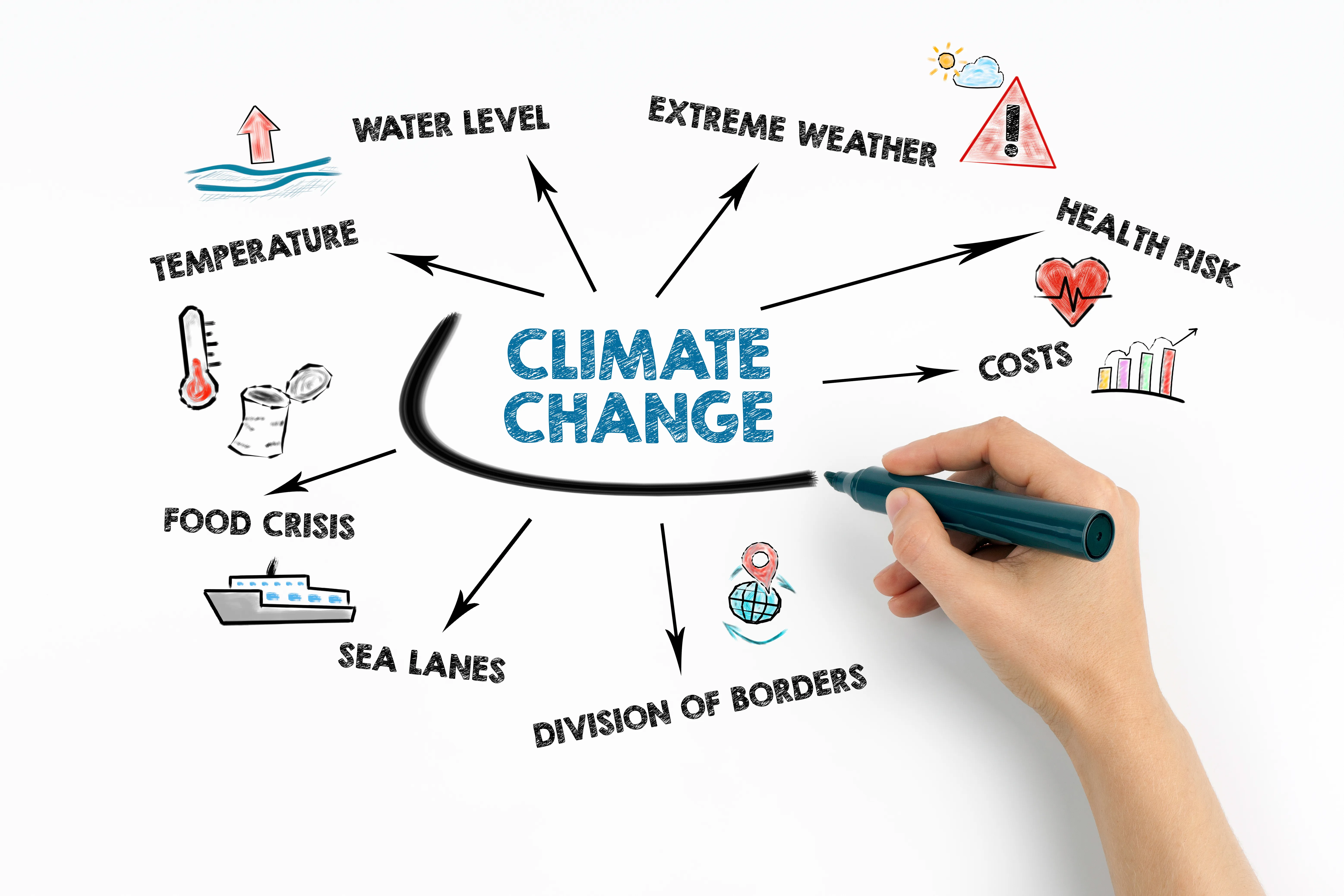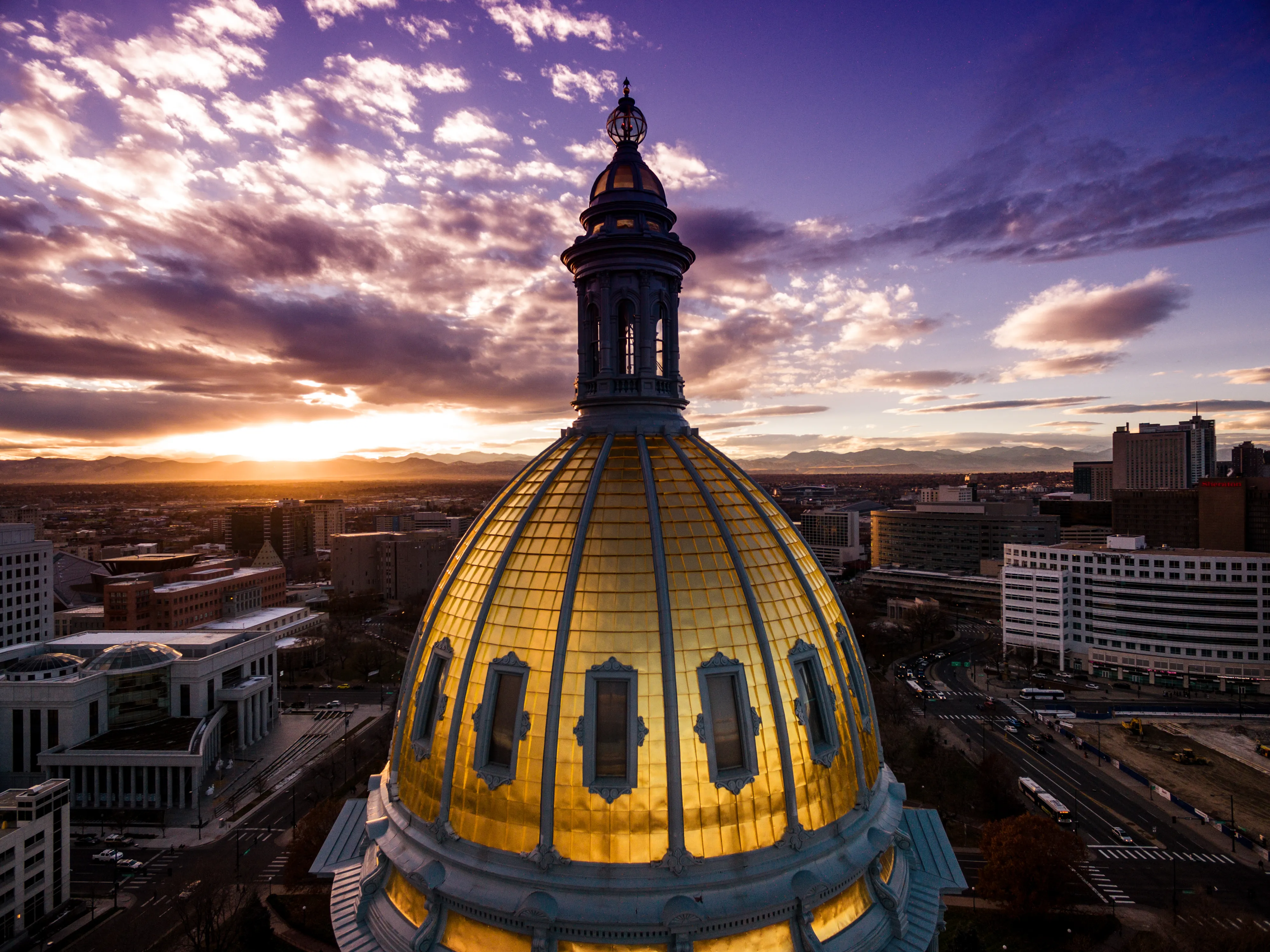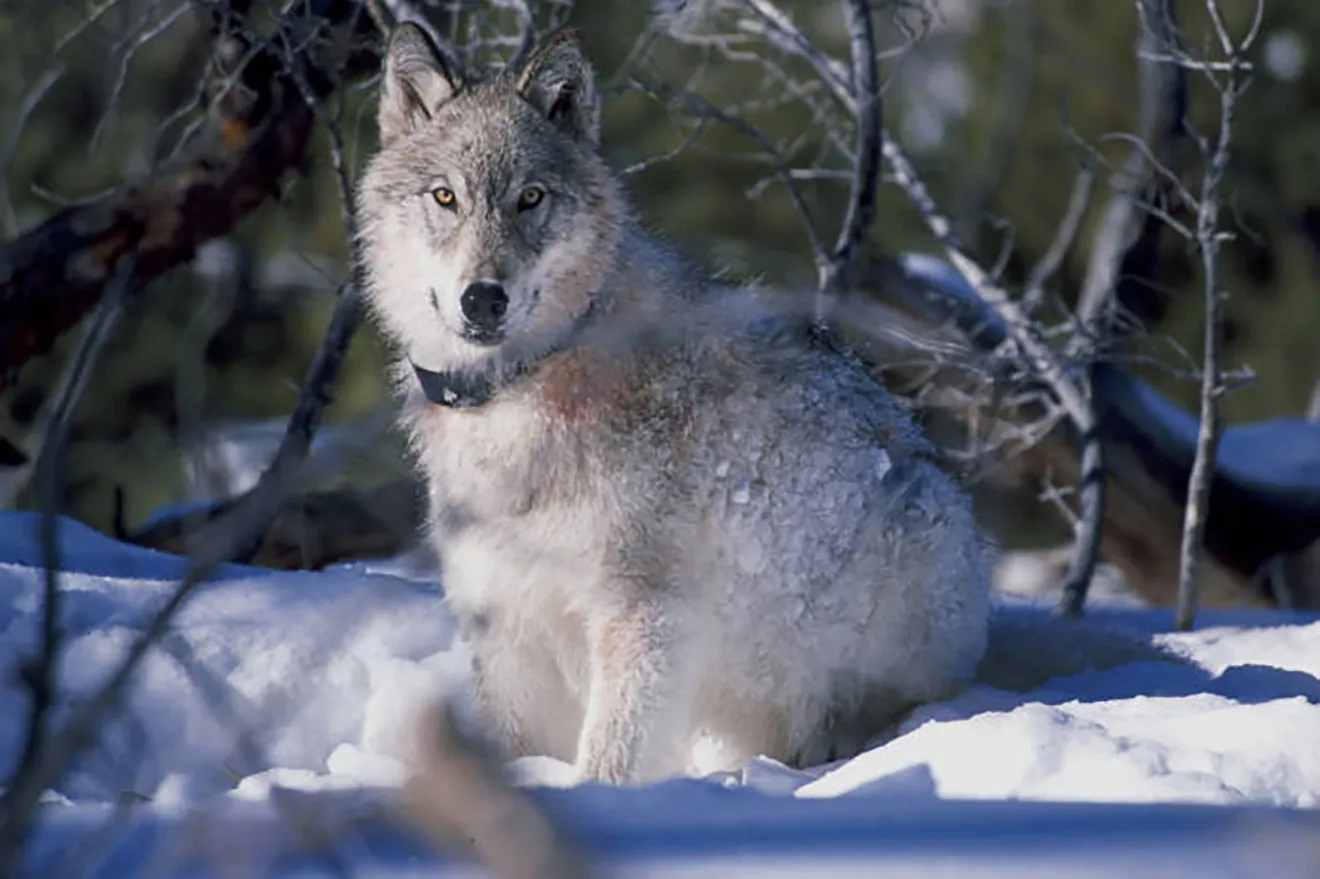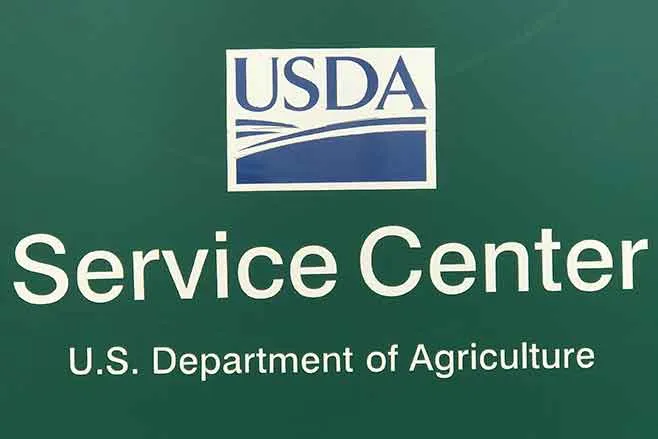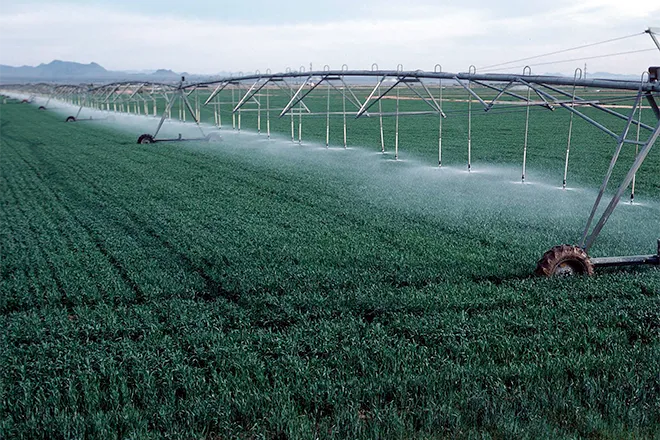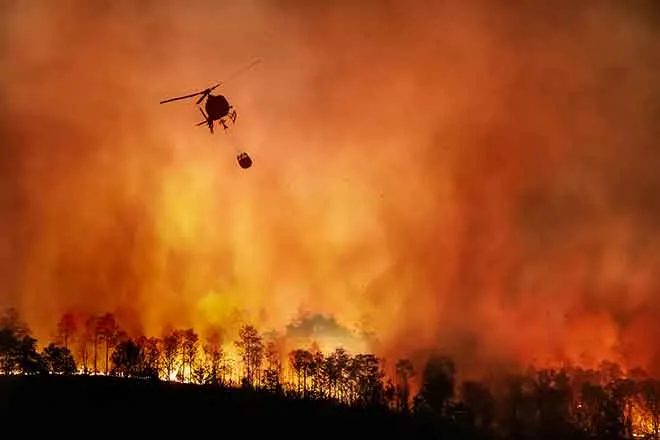
EarthTalk - How are the world’s penguin species faring?
©
Dear EarthTalk:
How are the world’s penguin species faring these days and what can we do to help them?
Brad Gordon, Methuen, MA
Penguins are some of the most recognizable and beloved birds in the world. Penguins are found across the Southern Hemisphere, with 18 different species adapted to a variety of environments, from the icy shores of Antarctica to the rocky islands of the Galapagos. Some penguin populations remain stable, but others are in steep decline, raising concerns about their future. Understanding the challenges penguins face and the efforts being made to protect them is crucial to ensuring their survival.
One of the biggest threats to penguins is climate change. Rising temperatures are melting sea ice in Antarctica, which is essential for Emperor Penguins. Emperor Penguins are the largest of all penguin species. A recent study warns that if current trends continue, over 90 percent of their colonies could be lost by the end of the century. Warmer ocean temperatures also reduce the availability of krill, which is a major key food source for many penguin species.
“We’re seeing entire penguin populations struggling because their food sources are shifting due to climate change,” says Heather Lynch, a penguin ecologist at Stony Brook University. Galapagos Penguins are one of the rarest penguin species. They are particularly vulnerable because their survival depends on cold ocean currents, which are becoming increasingly unpredictable.
Aside from climate change, human activities such as overfishing and pollution are also putting penguins at risk. Many species rely on fish and krill to survive, but industrial fishing operations are depleting these resources, leaving penguins with less to eat. Pollution is another major issue. Oil spills, plastic waste, and other contaminants poison the waters where penguins live. In some regions, penguins also face threats from invasive predators like rats and cats that prey on their eggs and chicks.
Despite these challenges, conservation efforts are making a difference. Organizations like the Global Penguin Society and the World Wildlife Fund are working to establish marine protected areas, that safeguard penguin habitat. Some breeding programs and habitat restoration projects have helped stabilize certain populations. Scientists and conservationists continue to push for stronger protections, and better policies to ameliorate climate change and overfishing.
There are also ways for individuals to help. Supporting sustainable seafood choices can reduce pressure on fish populations that penguins depend on. Reducing plastic waste helps keep oceans clean, and prevents pollution from harming marine life. Moreover, advocating for stronger climate policies and supporting conservation organizations can contribute to long-term solutions. While penguins face significant challenges, ongoing efforts and public awareness can help ensure these remarkable birds continue to thrive in the wild.
CONTACTS
- New Study Calls for Uplisting Emperor Penguins to Threatened on IUCN Red List, https://www.enn.com/articles/76226-new-study-calls-for-uplisting-emperor-penguins-to-threatened-on-iucn-red-list
- Safeguarding Galápagos Penguins from Climate Change, https://www.galapagos.org/projects/saving-species/safeguarding-galapagos-penguins-from-climate-change/
- Global Penguin Society, https://www.globalpenguinsociety.org/.
EarthTalk® is produced by Roddy Scheer & Doug Moss for the 501(c)3 nonprofit EarthTalk. See more athttps://emagazine.com. To donate, visit https://earthtalk.org. Send questions to: question@earthtalk.org.



